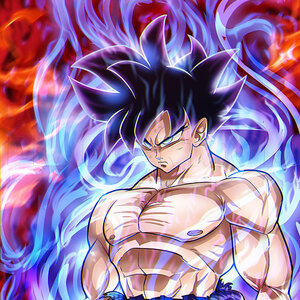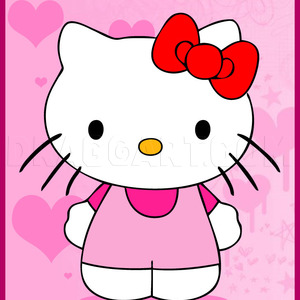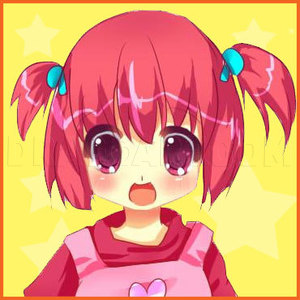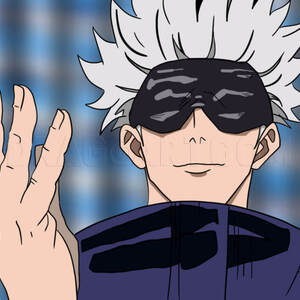1
For starters, I want to say it is amazing how close the eye is to the camera or visa versa. From the artist point of view, it is important to know the parts of the eye to convey a more knowledgeable and realistic art piece. Take a look at the major p
2
"The Position of the Eye in Its Socket" picture allows you to see the eyeball placement. Keeping this in mind is so helpful. Why? Always consider the round shape of the eyeball when you shade. That means the shading of the eyeball becomes darker as i
3
Here is another example to show the importance of the eyeball in its socket. You need to know its form, how the shadow falls, and where the light hits. A) Shows the eye is cased in a socket... so it's sunken in the head. B) Shows the three main viewp
4
TIPS! Click on this picture as a guide toward drawing the eye more realistically (this is not written in stone, but a help in generic cases, like front or 3/4 view). (1) Draw the outline of the eye at an angle... not straight. Do not hook the tear du
5
Before we get on with drawing, I have more TIPS on drawing eyebrows. In the picture, you can see a right and wrong way to do these hairy brow features. FIRST: Eyebrows are arched due to the skull shape at the temple. So an easy way to get that appea
6
This step offers a great exercise in drawing eyes at different viewpoints and directions. Lets start with the two long parallel lines. Also sketch in the shorter intersecting lines. There is no need to be perfect. Just get close to the angles and mak
7
Now you can see how these intersecting lines play out. They represent the direction of the viewpoint. Sketch in the figures with a No. 2 pencil.
8
Now shade in the pictures. You can blend with a stump to spread the graphite lightly. Any areas too dark, erase with a kneaded eraser or what you have available. You can see how the light hits the part that protrudes out the most. And the areas shade
9
EYELASH STROKES! Here's a little tip to help draw those lovely lashes. Yes, those pesky little lashes that look like spider legs are drawn a certain way and they taper (you can add thickness to the roots as you finish stroking them in). The picture t
10
Try sketching these soulful expressions of the eyes. The red drawings in the center is a little sketch study of the eyeball and angles. TIP: believe it or not, the eyes are basically the same in all people. Everybody's eyes tend to be just about the
11
Draw lightly these 4 lines with a No. 2 pencil. You can space them farther apart or draw them on separate paper.
12
Now lightly draw the angled and intersecting lines representing the eye slant and viewpoint of the iris.
13
Take your time to draw in the outline of the eyes, eyelashes and lids. If it is easier, you can always draw only one of the eyes (or however many) throughout these steps.
14
You can draw in the irises, pupils, and tear ducts. Observe where these features appear in relation to the guidelines.
15
When you sketch in the eyebrows, add those curved lines. Try staying close to the lines that represent the direction of the eyebrow. This will help as you shade it in.
16
I made this line drawing especially for you if you don't want to do the pencil shading and blending part. Otherwise, let us continue to the pencil drawing part.
17
The picture that goes with this step shows two different ways to hold your pencil to acquire certain effects. OVERHAND: Holding a sharpened pencil in normal writing form with fingers in the middle or near the lead gives you great control and thin/det
18
PENCIL STROKES & TONE, SHADING, TEXTURE -- For your convenience, I have inserted this step with different pencils, strokes to use. And you can study the shapes that make up this drawing universe, along with tone, shading, and texture.
19
The picture here is a great exercise for value shading. I've got a little secret tip for you to make things easier. You can download this to your desktop. First click on the picture to have access to full size. By right clicking on your mouse, you ca
20
This is where I start with the pastel application. If I were to do the whole picture in a pencil sketch,(sketching in small circles, lines or crosshatching to shade the areas, it would take hours upon hours to cover all that area with a pencil. I cho
21
Here I used my blending stump to "draw" in more lines, add more shading and details to the eyebrows. Added more dark gray and blended pencil strokes to define the shaded areas like beneath the eyebrow, eyelids, lashes, the irises and pupils better. I
22
Basically, I added more highlights with Opaque Watercolor to the catch lights in their eyes, some eyelashes. I also darkened shadowed areas.
23
Now, To help out with specific areas of highlights, tone, texture, etc., the next two following steps will show you.
Comments 0
Details
September 22, 2012
Description: Eyes are so expressive, a giveaway to our emotions. Here is another techy tut that has hidden jewels for any beginner or advanced artist on "How to Draw Realistic Eyes." Fav this as a refresher, something for your studies or just plain fun. Well, let's get started! Please fav, show your love, and comment. Thank you all. Peace and love to you until next time!





















































































